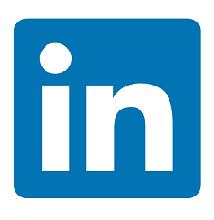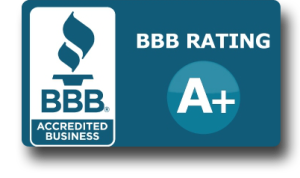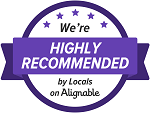Why a Reverse Mortgage is worth considering more now than ever as a retirement planning tool.
During our COVID-19 lockdown, my wife returned to an old hobby and set up a jigsaw puzzle on our dining table. Four-hundred and ninety-nine pieces and quite a few hours later, she learned she was missing something. Disappointing, right? We used to speak of the three-part “retirement planning stool”: 1) Social Security, 2) a traditional (defined benefit) pension, and 3) personal savings & investments. In recent years, one of these components has gone missing for most families: the traditional pension.
However, recent research has identified a worthwhile supplement to Social Security and your portfolio to take the place as the third piece of the retirement income stool: home equity made accessible through the use of a reverse mortgage.
Today, most families have only two significant assets – beyond Social Security (and perhaps a pension) for supporting themselves when earned income is inadequate to do so: an investment portfolio and home equity. How do we responsibly and efficiently use those assets to meet our spending needs – while keeping in mind risks such as a lifespan longer than we expected, unplanned (or unhoped-for) expenses such as long-term care, and market volatility (especially early in retirement)?
The traditional default for utilizing these assets has been to draw on the portfolio first, and only turn to home equity after the portfolio has been fully depleted and there is no option left. However, studies conducted in the past 10 years indicate that home equity is far more useful if it is drawn on in cooperation with the portfolio. A reverse mortgage allows homeowners to make home equity accessible while making repayment optional until they have permanently left the home.
There are a number of reasons – not necessarily good reasons – for the default approach. One of these is people in our culture psychologically prioritize preserving their home equity and passing on to their heirs a debt-free home. Of course, like it or not, few heirs want to live in the family home, and if they should, this can always be arranged if there are sufficient assets available.
However, spending from either the portfolio or home equity will have a similar impact on legacy (or funds available for lifestyle). Spending from the portfolio reduces net worth by shrinking the asset balance and sacrifices future growth on withdrawals. Spending a portion of home equity increases the other side of the balance sheet and reduces net worth through taking on debt and subsequent growth of the loan balance. Whether assets are decreased, or liabilities increased – it’s the same result—only the sum matters.
So, the question really is, how do we best sustain aggregate net worth?
Recent academic research has challenged conventional wisdom and shown that putting a reverse mortgage in place early, and coordinating home equity and portfolio withdrawal decisions can provide greater resources for sustainable spending and/or additional legacy assets.
There are two primary aspects of a reverse mortgage that can make it beneficial, even taking into account the upfront and continuing loan costs:
Withdrawals from a reverse mortgage line of credit can reduce the negative impact of sequence-of-returns risk during retirement. We routinely discuss this risk with clients and anticipate the potential effects when planning, but the use of a reverse mortgage is one of the few tools available to actually mitigate the negative impact in practice.
The total line-of-credit available (called the “principal limit”) in a reverse mortgage will grow throughout retirement. This feature of reverse mortgages acts as a hedge against declines in the home’s market value, among other benefits. At the same time, FHA reverse mortgage insurance (with premiums paid by borrowers) means the lender will not experience a loss, nor will the borrower (or their estate) need to repay any more than the value of the home when the loan becomes due.
If your “retirement planning stool” would benefit from some increased stability, this third element – a reverse mortgage line of credit – could be your missing piece. We are current on the latest research and how this tool can be used in practice and would be glad to discuss it further. Reverse Mortgage May 18, 2020 by Ben Jennings: Director of Planning Research & Lead Advisor
by Ben Jennings: Director of Planning Research & Lead Advisor.
Brought to you for your education by Scott Underwood and Reverse Mortgage Alabama- the senior lending division of SMG Mortgage. SMG is Alabama’s 3rd largest lender! Please reach out with questions at (205)908-2993, (256) 677-9767, (888) -220-0393, email scott@reversemortgagealabama.com.
I have local offices in the Birmingham / Hoover area, the Huntsville / Madison area, and the Mobile / Gulf Shores area. I also make house calls, so don’t call a California lender; I have 14 years of experience and represent 5 of the top 10 Reverse Mortgage lenders- but I don’t have their overhead to pass along to you in the closing costs.











Leave a Reply